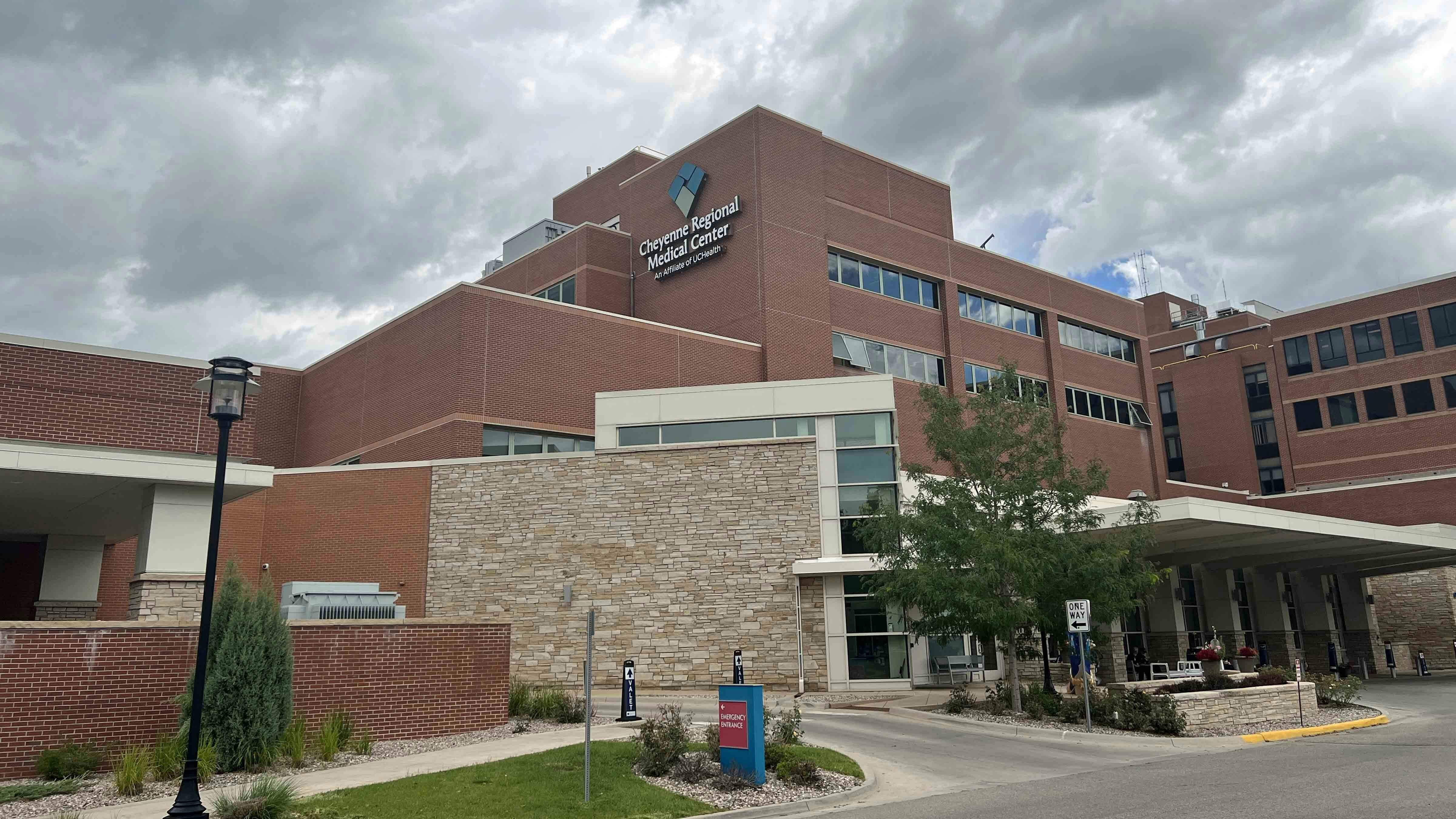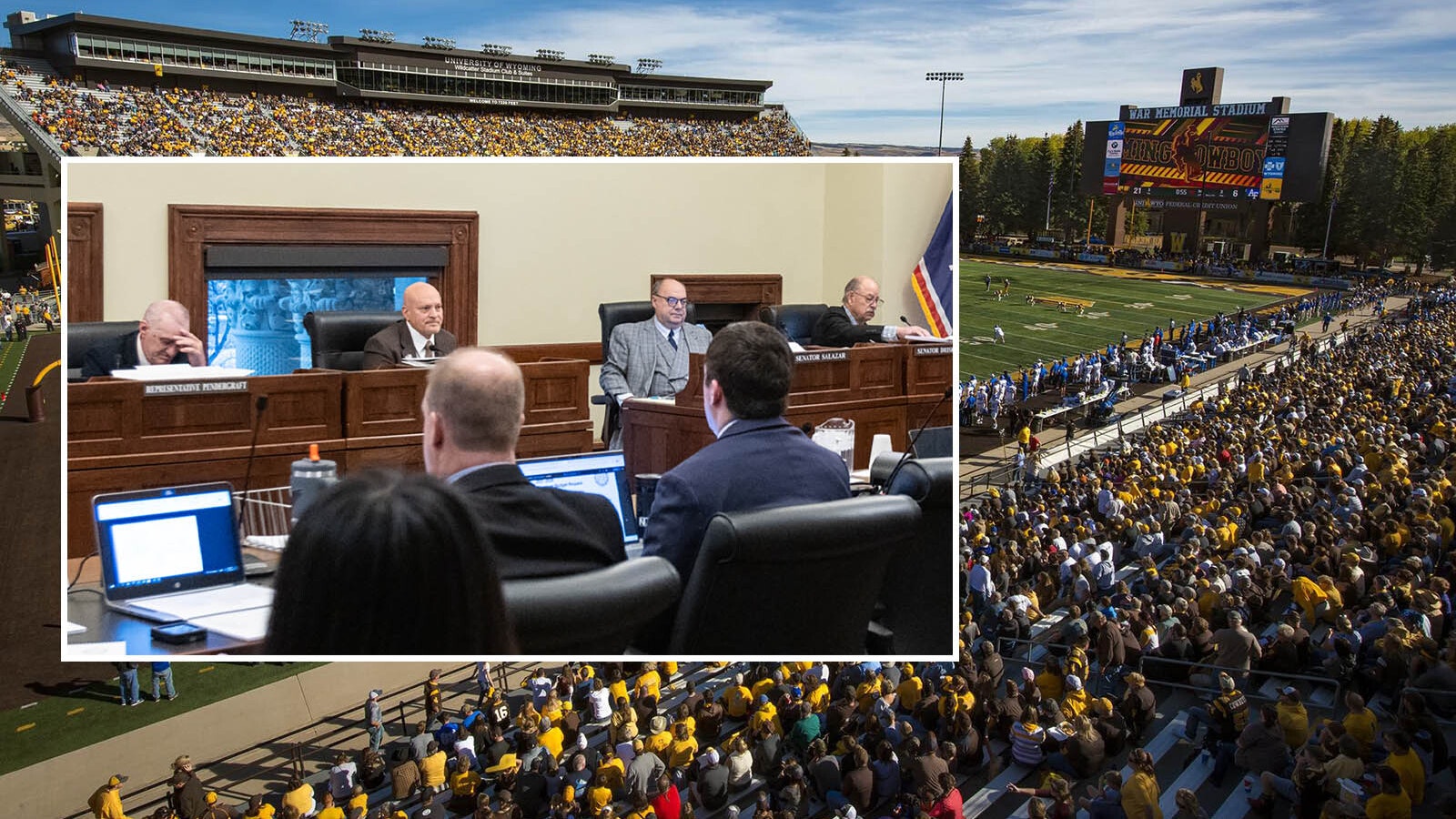Wyoming is having trouble letting thousands of residents know they may be about to lose their Medicaid health coverage.
With the federal COVID-19 emergency over, federal requirements preventing Wyoming from updating its Medicaid enrollment have been lifted.
Now the challenge for the state is letting people know they need to apply to renew their coverage, which state health officials told the Joint Health, Labor and Social Services Committee has been a real challenge.
Medicaid is a joint federal-state insurance program that pays for medical and long-term care of qualified low-income and medically needy people and families.
90% Don’t Respond
Wyoming Department of Health Medicaid Agent Lee Grossman told the committee that his staff has worked to reach out to warn people they could be disenrolled from the program if they don’t re-apply.
But delivering the news to thousands of people has been an issue, said Enroll Wyoming Program Director Jason Mincer. He said many of the state’s enrollees have either moved or changed their contact information.
Enroll Wyoming engages in letting people know they need to reapply to receive Medicaid coverage now that the COVID-19 public health emergency is over, but Mincer said about 90% of people don’t respond.
Mincer said it’s not the goal of his organization to increase the number of people on Medicaid in Wyoming, but to present people options if they do qualify for those services.
Each month, roughly a 12th of Wyoming’s Medicaid participants will receive a letter, text and email letting them know they are about to lose their benefits in 60 days if they do not reapply or if their application is rejected.
Wyoming Medicaid started sending these letters in March and will continue to do so through February 2024.
The Great Unwind
Before the pandemic, a process known as “Medicaid unwinding” happened every year as the state checked back with Medicaid and Kid Care recipients to ensure they were still eligible.
That process came to a halt in 2020 as the federal government requested states maintain enrollment during the pandemic in exchange for more money. This policy prevented state Medicaid programs from re-determining eligibility for Medicaid members on a regular basis.
Now that the public health emergency is over, Wyoming resumed the renewal process in April.
Before the health emergency expired this past spring, Wyoming Medicaid enrollment was at an all-time high of around 87,000 people. Prior to the pandemic, that number had been around 50,000 to 55,000. The state Department of Health expects the new enrollment figure to be somewhere between 60,000 and 75,000.
7,000 Disenrolled In August
The Department of Health originally reported in August that about 10,100 people in Wyoming were disenrolled from Medicaid or Kid Care for “procedural terminations.” This includes those who did not return renewal forms or respond to questions from WDH about their own coverage or the coverage of a family member.
Grossman said that was later reduced to around 7,000 because it was discovered some children who are eligible for Medicaid are still covered even if adult members of their households are not. Those are people who make 54% or more income than the federal poverty line but still less than $30,000 a year.
Through the end of July, coverage was renewed for more than 9,000 beneficiaries. During the same period, coverage ended for more than 600 people for loss of eligibility reasons such as reaching adulthood, increased income, a health status change or a move out-of-state.
Back To Normal
The Wyoming Medicaid eligibility qualifications have remained mostly unchanged since prior to the pandemic.
Grossman emphasized to the committee that the past three years of automatic coverage was out of the ordinary.
“This is a return to business as usual, and we realize when we have suspended determining eligibility for three years those that we serve … understand that and maybe get used to that pattern,” he said.
Total average monthly Medicaid expenditures grew from $42 million to $58 million for the Department of Health since the pandemic began, while average member costs declined.
Stefan Johansson, director of the Department of Health, said this was mostly because of an influx of children being added to Medicaid, a demographic that is relatively inexpensive to insure.
Leo Wolfson can be reached at leo@cowboystatedaily.com.





